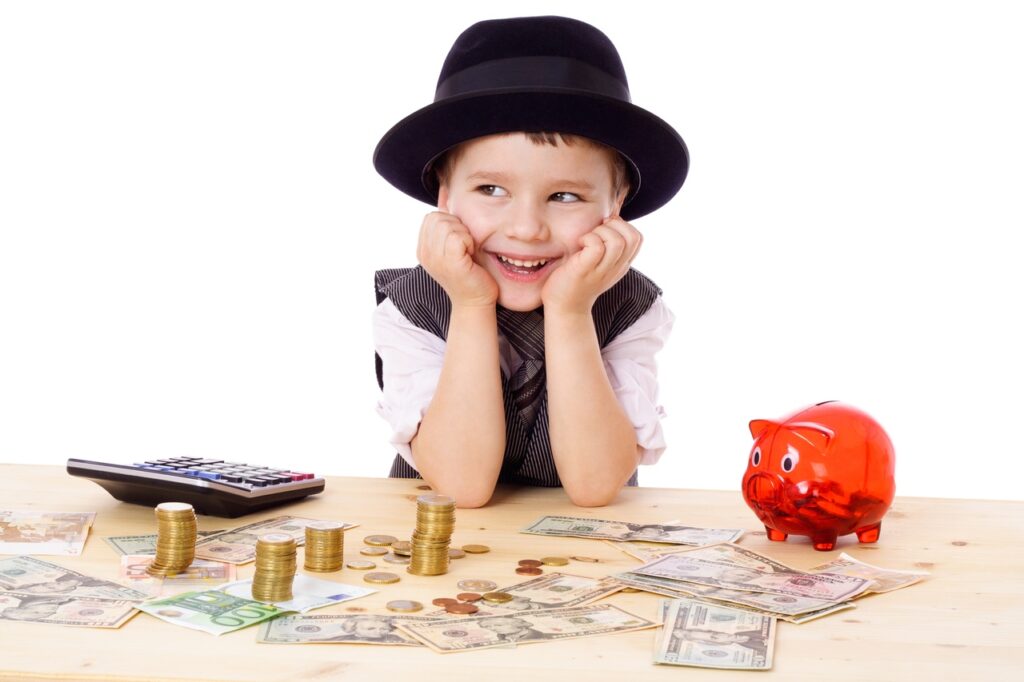To increase your child’s interest in math activities including adding doubles, start with their favorite activities. Choose one that is different from regular school lessons so your child enjoys applying this science to real life. Put together a series of math questions to think through with your child.
In school, where there is usually an emphasis on mechanical memorization, children operate on bare facts. But when knowledge and skills are not put into practice, the child unwittingly becomes dependent on this way of learning, not making meaningful connections and not creating the mental images needed to form long-lasting connections in memory. If information finds any real use in a child’s life, it is processed in the brain in a very different way.
Develop your child’s mathematical memory and reinforce knowledge through his or her personal participation in some real-world activity. It doesn’t take a lot of practice to retain the information for a long time.
Give your child simple tasks when shopping, reading about adding doubles plus 1, playing cards, counting money, eating in a restaurant, playing catch with your child and more. With your help, this science will go beyond the textbook, and clear images will form in your son’s or daughter’s brain.
Situations you can use to teach math
The situations listed below can be used for play-based math lessons.
– Shopping. Have your child mentally estimate how much money he’ll need to pay for all the items in the grocery cart. Warn him or her that the total cost should not exceed $20, and ask him or her to tell you when it approaches that figure. A preliminary estimate is sure to pique your child’s interest.
– Reading. Say, “This book of fairy tales was published in 1990. And you were born in 2002. How many years before you were born was this book printed?” By linking your activities to your child’s date of birth, you are helping to give your child the impression that math has something to do with his or her personality.
– Mealtime. Suppose you are going to make roast beef for dinner. It takes 10 minutes to cook each 400 gram serving. Ask your child what time you need to start cooking this dish if dinner is to be on the table at 6:00 p.m. Seeing that his knowledge of math is useful to you and how important it is to make the right decision, your child will begin to realize the importance of this discipline.
– Lunch at a restaurant. Ask your child, “If I pay this $15.50 bill with a $20 bill, how much change will I get?” Being able to make guesses piques a child’s interest and increases motivation.
Math Games.
During breaks to strengthen synaptic connections, offer your child to play math games. They are aimed at both memorizing basic mathematical actions and developing logic. Card games (like Solitaire) as well as board games (like Monopoly and Rummikub) are simply unthinkable without the use of mathematical knowledge (just like dominoes, Battleship, and Tic-tac-toe). Sudoku and math puzzles, of course, also effectively increase mental activity. Thus, you have a huge choice of games aimed at developing a child’s mathematical abilities.
– The game “Hundred”. Participants take turns throwing two dice and remembering or writing down the sum of all the points. The goal of this game is to get as many points as possible. The winner is the one who comes closest to 100 points. No more than 100 points are allowed!
– Ball Game. Ask a child a question to reinforce what they have learned in math on the principle of “Do you

know…?” and if the answer is correct, throw them a ball. Your child can then ask you a question (not necessarily about math). This game has a double benefit: develops mathematical ability and motor activity.
– The student and the teacher. If the child enjoys role-playing, he can take on the role of the teacher. For this, you will need a blackboard, chalk and other supplies for the “lesson”. You and stuffed animals will act as students.
– A card game of war. A deck of cards can be used to play a game of “addition war” or “multiplication war”. First, participants are dealt the entire deck, but they must not look at their cards. Then each player turns two cards face up. In a “war of addition”, the player with the highest total wins. In a multiplication war, the one with the greater product wins. The game continues until one of the participants runs out of cards.
– “Where to Go to Eat?” Using menus from a restaurant, the child must decide what three meals he or she can order with $15.
– Computer modeling. This activity is great for developing multisensory and cognitive abilities. My students are eager to play “Lemonade Kiosk”. The goal of this game is to sell lemonade and make as much profit as possible. The child controls prices, equipment wear and tear, supply costs, and product quality (children have discovered that using too much ice is expensive, plus ice absorbs flavor; but not having enough ice on a hot day is also bad, hence it is also important to consider the weather forecast). There are also many games that develop business skills and teach the basics of investing.
